Early American colonists in their writings told how they first encountered bed bug problems. Eighteenth century documents explained their terrible bed bug problems in the English colonies and in Canada. At the time they had no insecticides to use and so infestations were usually ongoing.
Sailing ships of the time were especially infested with bed bugs. To help deal with the bed bug problem, they would often prevent passengers and colonists from bringing bedding on board.
During the early 20th century bed bugs were rated one of the top three pests to deal with in and around structures. Practically every American at one time or another had been bitten or at least seen a bed bug in person. In many cities as many as 1/3rd of all residences were said to be infested with bed bugs. And, in lower income areas virtually all residences had bed bug infestations. It’s no wonder that the term “public enemy number one” came in to being.
Bed Bugs – The Impact of DDT and Other Insecticides
What happened? By the 1950’s beg bugs seemed to be disappearing, at least in developed countries. Even entomologists (insect specialists) were finding it difficult to find live beg bugs for laboratory work. Why?
DDT happened! DDT was the first effective insecticide to control the bed bugs. By simply spraying or dusting the DDT on and around bedding, bed bug control would be provided for a year or more.
And, while DDT resistance soon began to happen, effective control still occurred through other chlorinated hydrocarbons, chlorinated hydrocarbons, particularly lindane, and eventually the organophosphate insecticide malathion.
By the middle 1950’s, bed bugs had changed from a major household pest to an occasional pest in socially depressed settings or other unusual circumstances. A rare bed bug problem might show up in shelters, prisons, youth hostels, or cabins but almost never in homes or hotels.
Bed Bug – Resurgence
Today, bed bugs are making a comeback big time.
In the mid to late 90’s, bed bugs started appearing more and more in hotels and motels, even premium ones, and in apartments, single-family homes, nursing homes, and hospitals. Recently, bed bugs have become national news, with media exposés on bed bug attacks in five star hotels.
There has been a clear and major reappearance of bed bugs throughout much of the world. The increase has been documented for the United States, Canada, Australia, parts of Europe, and parts of Africa.
The question is, why?

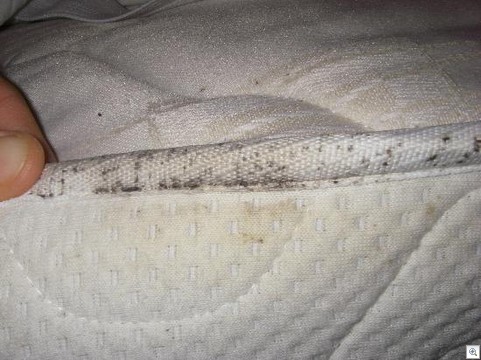
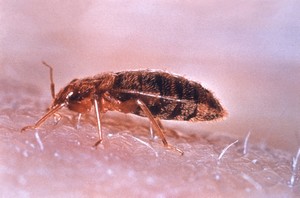
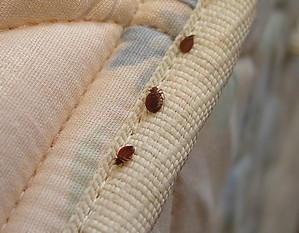
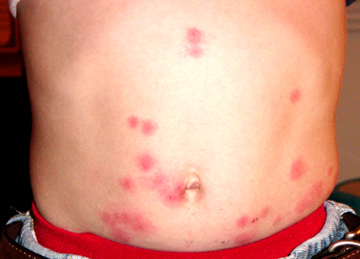
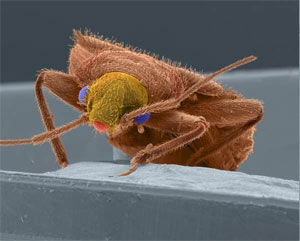
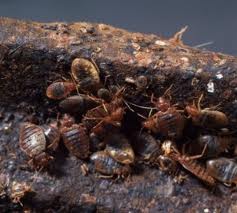
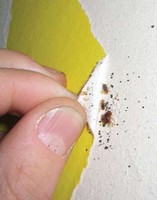
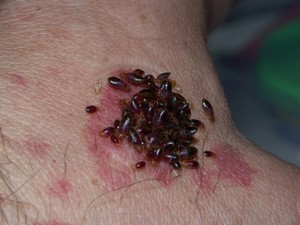
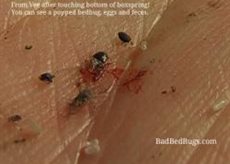 Can you get aids from bed bugs? You’ll notice that when organizations talk about the transmission of disease from bed bugs, they are talking about the feeding process, specifically when the bed bug inserts its tubes into your skin to deliver anesthetic and drink your blood.
Can you get aids from bed bugs? You’ll notice that when organizations talk about the transmission of disease from bed bugs, they are talking about the feeding process, specifically when the bed bug inserts its tubes into your skin to deliver anesthetic and drink your blood.